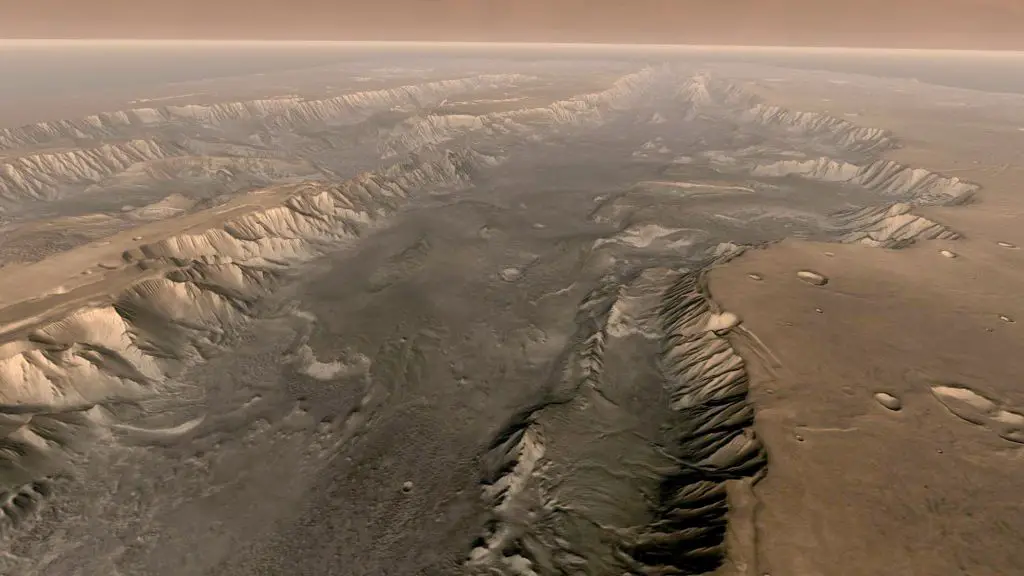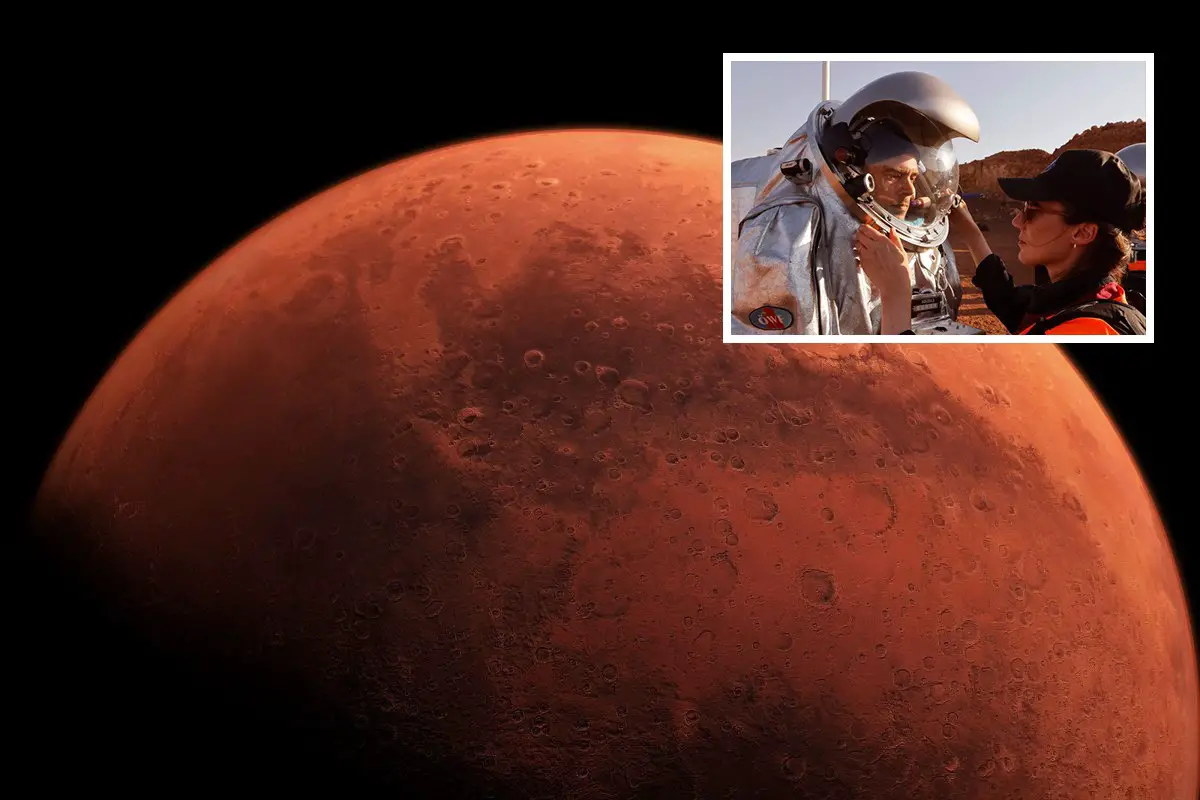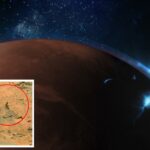According to estimates, if Mars’ agricultural ambitions fail, humans on the red planet might grow old quicker and become cannibals.
With entrepreneur Elon Musk’s SpaceX aiming to bring humans to Mars by 2026, the competition to get there is heating up.
Trying to figure out how to maintain human life on the Red Planet is proving a challenge for scientists.
Their challenges range from figuring out how to deal with the aging effects of space flight to provide a steady supply of food for the crew.
Disease, self-sufficiency, and sustainability are among the most difficult problems to solve on Earth.
Experts worry that interplanetary pioneers may have to turn on one other for their next meal if food supplies cannot be sustainably generated on Mars or if deliveries from Earth are sporadic.
Humanity is not the only one looking to Mars for a new home, but the same issues apply.
In the absence of solutions, excursions run the risk of becoming nightmare scenarios.

Among the most likely candidates for the first permanent human colony outside of Earth is the moon Calliston, a Jupiter Moon.
Charles Cockell, an Edinburgh University professor of astrobiology, stated: “It is possible for isolated human groups to decline even if they have the most advanced technology.
There is no other way to exist on Callisto if you put a bunch of humans there and things start going wrong and the plant growth module breaks down.”
In order for colonisation to take place, anthropologist Cameron Smith of Portland State University argues that a well-established food supply chain and agricultural system are essential prerequisites.
In light of this, Mars or the Moon may be more suited for the initial colonies, since they are closer to Earth. This is because it would be simpler and faster to get supplies from Earth in the case of a shortage.
Calliston (Jupiter’s Moon) might be settled in 130 to 140 years if plans move forward and substantial survival testing is conducted, whereas Mars could be colonised in 30 to 40 years if plans develop and considerable survival testing is conducted.
Mayo Clinic scientists have raised an issue that has not been spoken about much: a journey to Mars may cause humans to age quicker than they would on Earth.
It is possible that the lengthy journey accelerates the ageing process known as cellular senescence, and a research into this possibility is set to begin in February.
Dr. James Kirkland, a cellular aging specialist at Mayo Clinic, stated: “This mission will help us determine whether spaceflight, even if it does not travel beyond the Van Allen belt, is linked to cell senescence.
“A longer mission would likely be in the works if senescence is evident in these settings. Before it is possible to fly between planets, something has to be figured out.”
Elon Musk says ‘I’ll be surprised if we’re not landing on Mars within five years’
There is a new timetable for Elon Musk’s plans to colonize Mars, and it is a lot sooner than you would expect.
Tesla CEO Elon Musk said Monday that he would be “surprised” if humanity did not arrive on Mars within five years of launching the SpaceX mission.
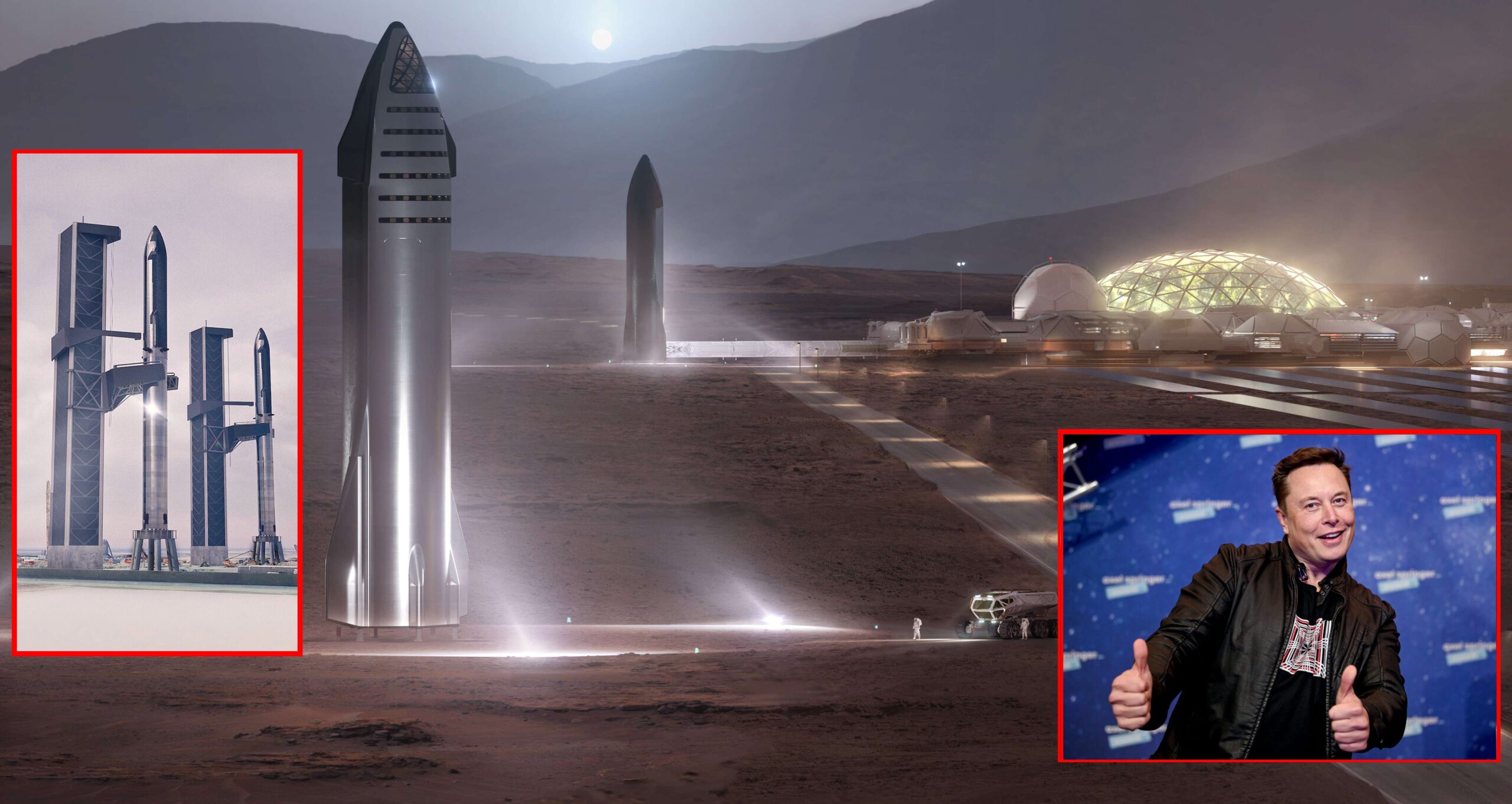
Tesla CEO Elon Musk has ambitious ideas for the Red Planet, which include a self-sustaining metropolis with solar-powered hydroponic fields where people may permanently reside 34 million miles away from Earth. Musk was selected Time’s Person of the Year in 2013.
It is time for a self-sustaining community on Mars with animals and species from Earth sent there, Musk said in an interview with Time. “Like a futuristic version of Noah’s ark. In order to avoid the awkwardness of having just two people, we plan to bring more than two.
Musk is unlikely to land on Mars before 2029, according to Arizona State University space policy expert and professor Greg Autry, who told Business Insider in February.
According to some space specialists, Mars is unlikely to be habitable for humans over the long run. In an interview with XPrize in April, Elon Musk said that some astronauts “definitely” will perish on their journey to Mars.
According to Forbes, Musk, who is presently the world’s richest man with a net worth of $247 billion, has a history of setting ambitious goals for his moonshot technology projects.
Tesla CEO Elon Musk said in 2016 that the company’s self-driving vehicles will be accessible in two years or less. In 2019, he said he would have 1 million Tesla “Robotaxis” on the road by 2020. It seems that Musk’s Boring Company, which he launched in 2017 with the goal of building high-speed commuter tunnels in major cities, has abandoned a project in Chicago and postponed another in Washington, DC, and Baltimore.
During a 2017 earnings call, Musk stated that “punctuality is not my strong point.”
NASA gave SpaceX an exclusive contract in April to put American astronauts back on the moon for the first time since 1972. Currently valued at $100 billion, SpaceX is a prominent participant in today’s space race.”
Although Musk has said that he does not want to make money off of Mars, It is more about what is “interesting,” he added, including an ultimate objective “to make life multi-planetary and enabling mankind to become a spacefaring civilization.”
Since its inception in 2002, SpaceX has pushed sustainability norms in aerospace engineering by being the first firm to reuse a rocket for a NASA mission in 2017. For the first time ever, a commercial corporation had the honor of transporting astronauts to and from the International Space Station.
In order to get there, there has been a lot of difficulties. In fact, Musk was on the verge of bankruptcy in 2008 following a string of botched rocket launches at SpaceX. Musk wrote a letter to SpaceX staff last month warning that the company was once again in “real danger of bankruptcy.” However, Musk told Time on Monday that the letter was mostly a motivating strategy for the company’s employees.
In his words, “we can not lose our edge or grow comfortable,” he said.
There are also additional problems with SpaceX.
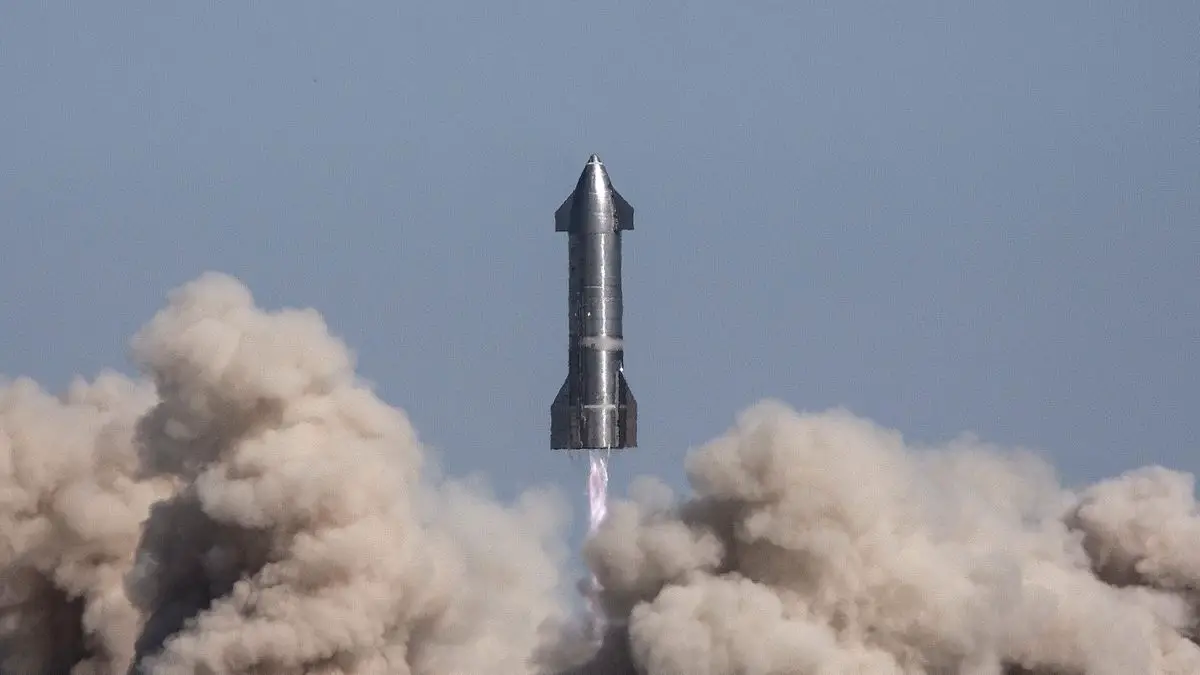
An ex-SpaceX engineer who worked for the business for four years posted an op-ed piece in Lioness on Tuesday claiming she was sexually harassed. “Misogyny is pervasive,” she said, and Musk “views engineers as a resource to be mined, rather than a team to be led” at SpaceX.
Five additional former SpaceX workers came up about harassment at the firm later on Tuesday, according to The Verge, which first reported the story.
According to CNBC, many long-term SpaceX workers, including two vice presidents and a senior director, departed the firm after an acquisition offer was attached to the stock vesting schedules of the employees.
There was no quick response to CNBC Make It a request for comment from a representative of the company SpaceX.
The Largest Canyon in the Solar System Has Hidden Water Reserves Discovered by Astronomers
It is possible that a massive network of canyons that scar the surface of Mars may contain hidden water.
The Grand Canyon of Mars, Valles Marineris, has been shown to have an exceptionally high concentration of hydrogen. The FREND sensor on the ESA-Roscosmos ExoMars Trace Gas Orbiter has provided us with this information.
Water may be found in the region’s soil at depths up to a meter (three feet) below the surface, either as minerals or as subterranean water ice, a discovery that might lead to a novel method of detecting the valuable commodity on an otherwise parched planet.
According to lead author and Russian physicist Igor Mitrofanov of the Space Research Institute of the Russian Academy of Sciences, “With the Trace Gas Orbiter, we can look down to one-meter below this dusty layer and see what is really going on beneath Mars’ surface – and, crucially, locate water-rich ‘oases,’ that could not be detected with previous instruments.”
FREND found a location in the Valles Marineris canyon system with an extremely high hydrogen concentration: Assuming the hydrogen is bonded to water molecules, as much as 40% of the near-surface material in this region looks to be water.
Water has been found on Mars. At the frigid poles, it is frozen into ice, which we can see. The equator is too warm for water ice to develop at the surface, therefore that is where the majority of it seems to be.
Other Mars spacecraft have only detected evidence of liquid water at higher latitudes, therefore it is plausible that water exists under the surface.
This is the Fine Resolution Epithermal Neutron Detector or FREND. FREND detects neutrons rather than light at the planet’s surface. A meter below the surface, the researchers say, can observe the hydrogen composition of Mars’s soil. Which, based on data collected from May 2018 to February 2021, seems to have done so.
Astronomer Alexey Malakhov of the Space Research Institute of the Russian Academy of Sciences explained that neutrons are produced when high-energy particles known as galactic cosmic rays strike Mars; dry soil produces more neutrons than wet soil, and so we can deduce how much water is in soil by looking at neutrons it emits.
“We were surprised to see a large body of water in the heart of Valles Marineris, substantially more than we had anticipated. Like Earth’s permafrost zones, where water ice is continuously preserved beneath dry soil due to the persistent low temperatures, this is similar.”
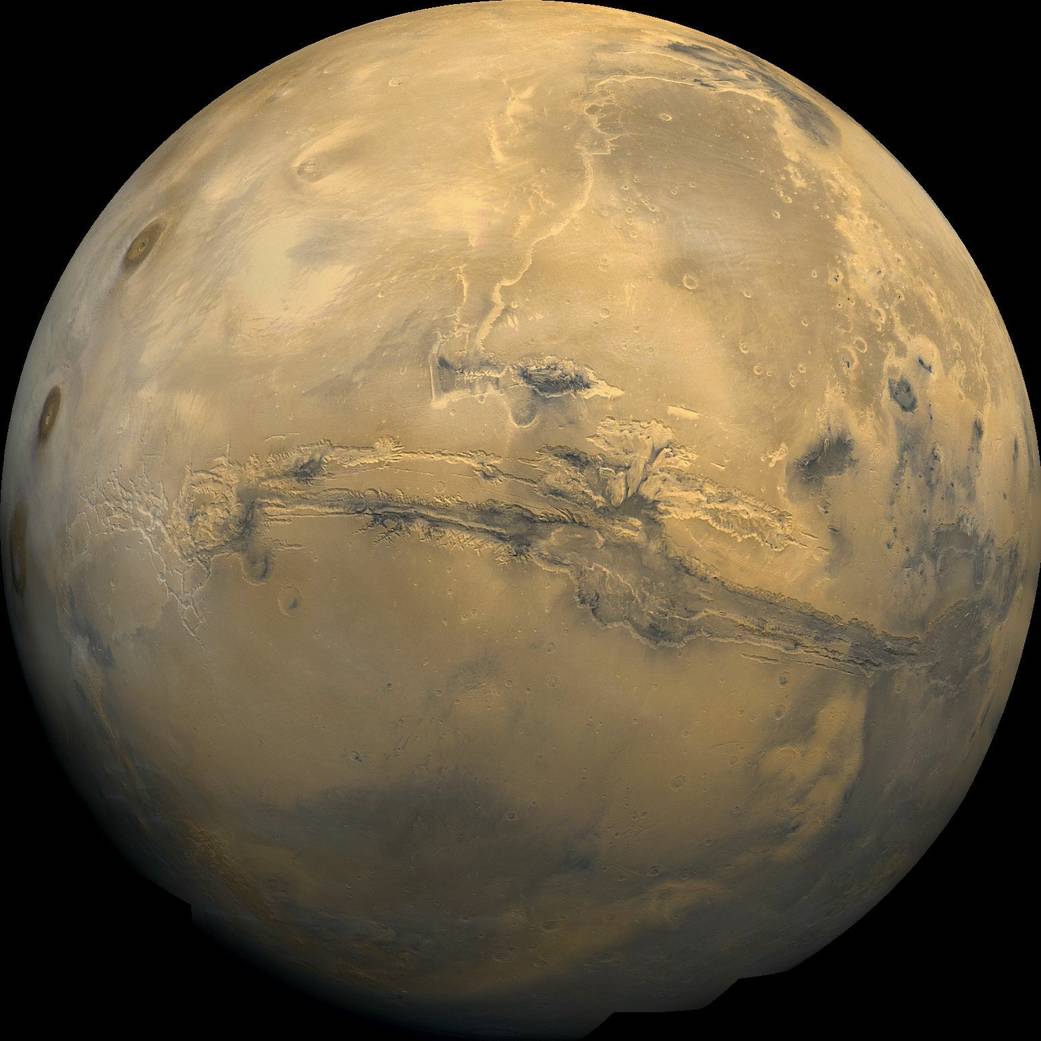
Candor Chasma, one of the Valles Marineris system’s greatest canyons, is located inside the high-hydrogen zone, which is about the size of the Netherlands. Water ice is more probable than liquid water to exist under the surface of Mars in this location since minerals in the area tend to have extremely little water content.
It remains a wonder, though, how that water could remain there. The creation of such water reserves should be prevented by the aforementioned pressure and temperature conditions near Mars’ equator. Valles Marineris may feature a unique mix of geomorphological variables that enable it, such as patchy isolated deposits that have been there for some time, or the angle and direction of a steep incline
If equatorial water does exist on Mars, further research is required to determine its specific form and the circumstances that allow for it. We may be rewarded with the discovery of frozen microbial life or organic compounds on Mars, much as we have discovered here on Earth under permafrost-like conditions.
Furthermore, the finding opens up interesting new avenues for future missions to Mars. Water near the equator on Mars would be an enormous benefit to any future crewed Mars expedition, both in terms of exploration and in terms of keeping water-dependent people alive.
Scientists are eager to explore the Valles Marineris — the biggest canyon in our Solar System – as a result.
Colin Wilson of the European Space Agency remarked, “This outcome definitely illustrates the effectiveness of the combined ESA-Roscosmos operation on the Red Planet.
Knowing more about water on Mars now is critical to our understanding of what happened to the planet’s once-expanding water supply, and it helps in our quest for habitable habitats, potential indications of life, and organic compounds from Mars’s early days.”
Icarus has published the team’s study.
